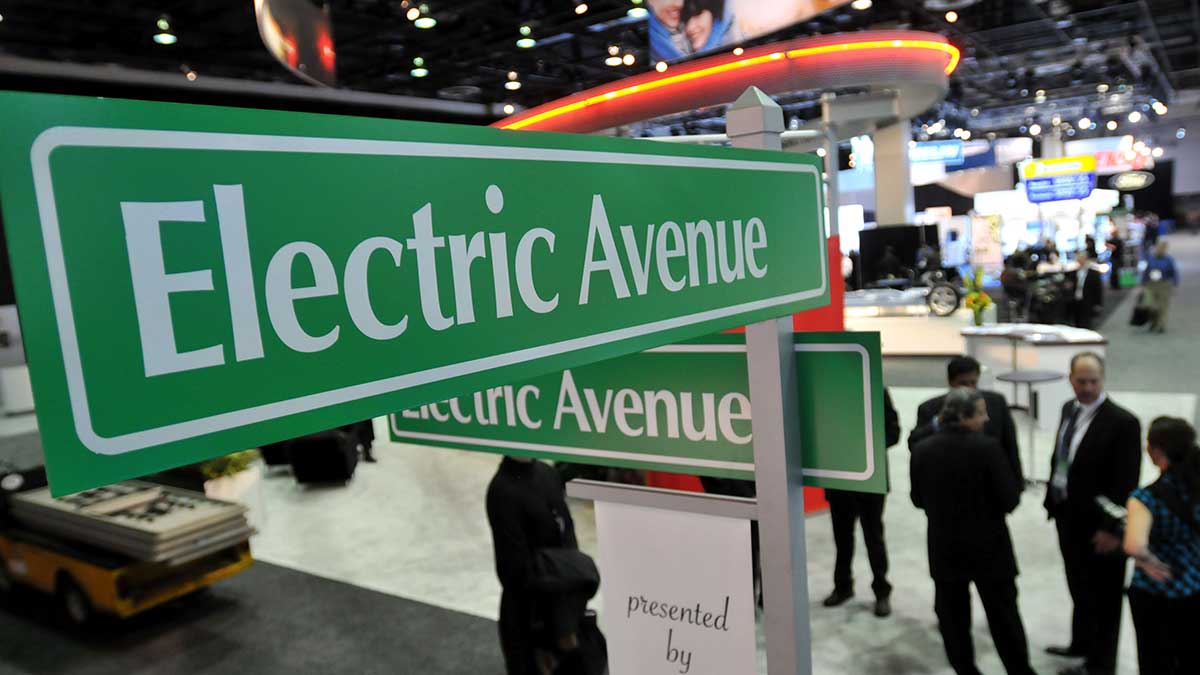Labor wants half of new cars to be electric by 2030

Labor has outlined ambitious targets for electric vehicles (EVs) for the next seven years, but says it’s backing those up with the nuts and bolts needed to make more cars on the road work.
Shadow minister for climate change and energy Mark Butler fronted the policy today, which outlines a plan for half of all new car sales to be electric by 2030.
To put that in perspective, the UK wants all new cars to be “emissions free” by 2040 while Paris wants all fossil fuel cars out of the city by 2030.
The party intends to put EVs on the COAG agenda to “improve coordination of electric vehicle take-up and related infrastructure planning”.
They’d also require any federally-funded road upgrades to include EV charging infrastructure and work with states so commercial and residential developments have charging stations.
Currently, Australia has no comprehensive plan around the introduction of EVs, as emphatically stated by a Senate committee in February that was set up to make recommendations on establishing a sector.
Labor plans to “promote” national standards for charging infrastructure, although it’s unclear whether this might include standardisation of plugs — a major issue as carmakers such as Tesla insist on designing and installing bespoke plugs.
- Subscribe to our daily newsletter
- Join our small cap Facebook group
- Follow us on Facebook or Twitter
Labor wants half of the government’s fleet leasing and buying to be electric by 2025, and businesses buying EVs will get a 20 per cent tax break on any car bought for more than $20,000
“Incredibly, New Zealand has more electric vehicles than Australia. Setting a national target will deliver more affordable electric vehicles into the Australian market and drive the switch to electric vehicles, reducing their cost, create thousands of jobs and cutting pollution,” Labor said in a statement.
Vehicle emissions standards
The party is also bringing in vehicle emissions standards of 105g CO2/km for light vehicles, in line with US standards but not as strict as those in the EU.
Labor reckons this might save drivers as much as $830 in fuel in the first year.
Currently, light vehicle emissions standards sit at 192g CO2/km.
Last week the Liberal party said it would not introduce a vehicle emissions policy until the middle of 2020.
A broader climate change plan
Labor has placed the EV strategy within a larger climate change plan, covering a 45 per cent emissions cut from 2005 levels by 2030 and a net zero pollution target by 2050.
But while the party wants half of all power to come from renewable energy by 2030 — currently total supply including rooftop solar stands at 21.2 per cent according to the Australia Institute — a policy that will put EVs on track to being emissions free, they haven’t tackled grid security.
Tristan Edis told Stockhead last week that a 45 per cent emissions cut would require a huge surge in renewable energy into the grid.
The market operator has for the last 12 months been in the process of working out how to manage the influx of new energy generation in new geographic areas where the National Electricity Market (NEM), encompassing the east coast states and Tasmania, hasn’t been ‘strengthened’.
But many questions are yet to be answered such as who should ultimately pay for the latest issue, marginal loss factors (explained here), which have disappeared between 30 per cent and 10 per cent from many generators’ top lines last month.
Labor is planning an ‘electricity modernisation review’ of the NEM to check that it is taking account of the need to reduce pollution made through electricity generation and of modern trends in electricity such as storage.
UNLOCK INSIGHTS
Discover the untold stories of emerging ASX stocks.
Daily news and expert analysis, it's free to subscribe.
By proceeding, you confirm you understand that we handle personal information in accordance with our Privacy Policy.








